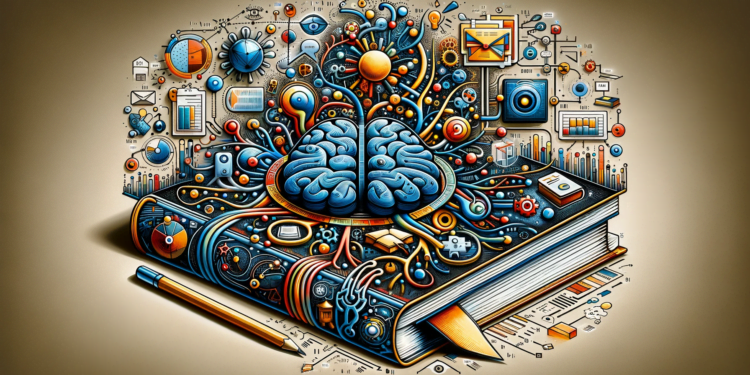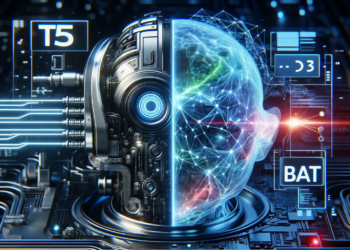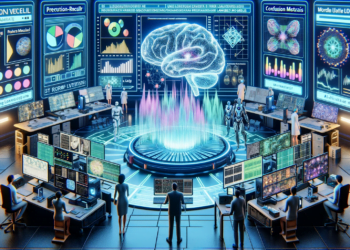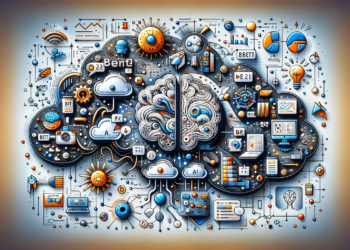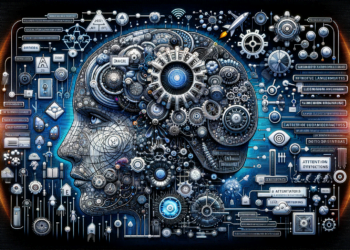Artificial intelligence (AI) has undergone a revolution with the rise of neural network-based language models, particularly with the introduction of so-called transformer models, such as BERT (Bidirectional Encoder Representations from Transformers), GPT (Generative Pretrained Transformer), and their subsequent evolutions. These have outperformed traditional rule-based or simple statistical approaches by projecting language into a multi-dimensional representation space that captures semantics, syntax, and contextual relationships in an impressively effective way.
Theoretical Foundations of Neural Language Models
Neural language models are grounded on the ability to create distributed representations of text. Specifically, they rely on the Distributional Hypothesis, which posits that words with similar contexts tend to have similar meanings. This premise is realized through the architecture of deep neural networks that learn rich characterizations of words and phrases, known as embeddings, based on the context in which they appear.
Initially, the dominant approach was that of recurrent neural networks (RNNs), especially LSTM (Long Short-Term Memory) and GRU (Gated Recurrent Units) variants, which showed remarkable capacities for handling sequences of data. However, their inherent sequentiality made them inefficient for processing large volumes of text and hindered the learning of long-term dependencies due to issues like gradient vanishing.
Advances with Transformers
The paradigm shifted with the introduction of transformers, algorithms that use self-attention to process all the words in a sentence in parallel. This innovation allowed models like BERT to capture bidirectional contextual dependencies, transforming the understanding and generation of natural language in various tasks, from sentiment analysis to machine translation.
Transformers make use of multiple attention heads to focus on different parts of the input sequence simultaneously, learning intricate patterns at different levels of abstraction. Moreover, they introduce the notion of relative positions, enabling the model to preserve information about word order in the sequence without depending on their absolute position.
Emerging Practical Applications
With these powerful capabilities, neural language models have become a centerpiece in countless applications. In the field of automated reading comprehension, for example, they have the ability to infer answers to questions posed in natural language after analyzing extensive documents. A relevant case is the BERT-based system deployed by Google to enhance its search engine, interpreting user queries more efficiently and grasping the intention behind them.
In another area, GPT models have paved the way towards systems capable of generating human-like text quality. A tangible example is the use of GPT-3 to create journalistic articles, or dialogue for chatbots, where it stands out for its ability to adapt to specific writing styles and generate relevant and coherent content from small text samples.
Comparison with Previous Works
Compared to previous methods, such as decision tree models or support vector machines (SVMs), neural language models demonstrate unparalleled proficiency across a multitude of natural language processing (NLP) benchmarks. For instance, evaluations in tasks like GLUE and SuperGLUE show that the performance of pre-trained and fine-tuned models consistently outperforms non-neural approaches and traditional RNNs.
Future Directions and Potential Innovations
The future trajectory of neural language models points to a deeper understanding of context and cross-language generalization across different knowledge domains. Current research focuses on expanding models’ capabilities to capture cultural and linguistic nuances by training on diversified and multilingual corpora, as well as improving training efficiency and model interpretability.
One of the most promising innovations in this vein is the emergence of models like T5 (Text-to-Text Transfer Transformer), which unifies various NLP tasks under a common framework by treating all inputs and outputs as text. This approach allows for unprecedented flexibility and knowledge transferability between tasks, facilitating significant breakthroughs in language understanding and generation.
Relevant Case Studies
To illustrate practical applicability and recent advances, consider the case of OpenAI and its GPT-3 model. In a machine learning case study, GPT-3 demonstrated the ability to generate programming code from natural language descriptions, opening the door to coding assistance tools that can enhance the productivity of software developers.
Similarly, DeepMind showcased in their case study how their AI model, known as Gopher, was able to master tasks involving specialized knowledge, from understanding molecular biology to interpreting legal implications in judicial documents, after being trained on a diverse and extensive dataset of academic and professional texts.
In conclusion, neural network-based language models have transcended the NLP field, forming one of the cornerstones of contemporary AI. As these technologies continue to be refined and diversified, their impact and applicability promise to expand, opening horizons that until recently, seemed unattainable in the realm of machines.

